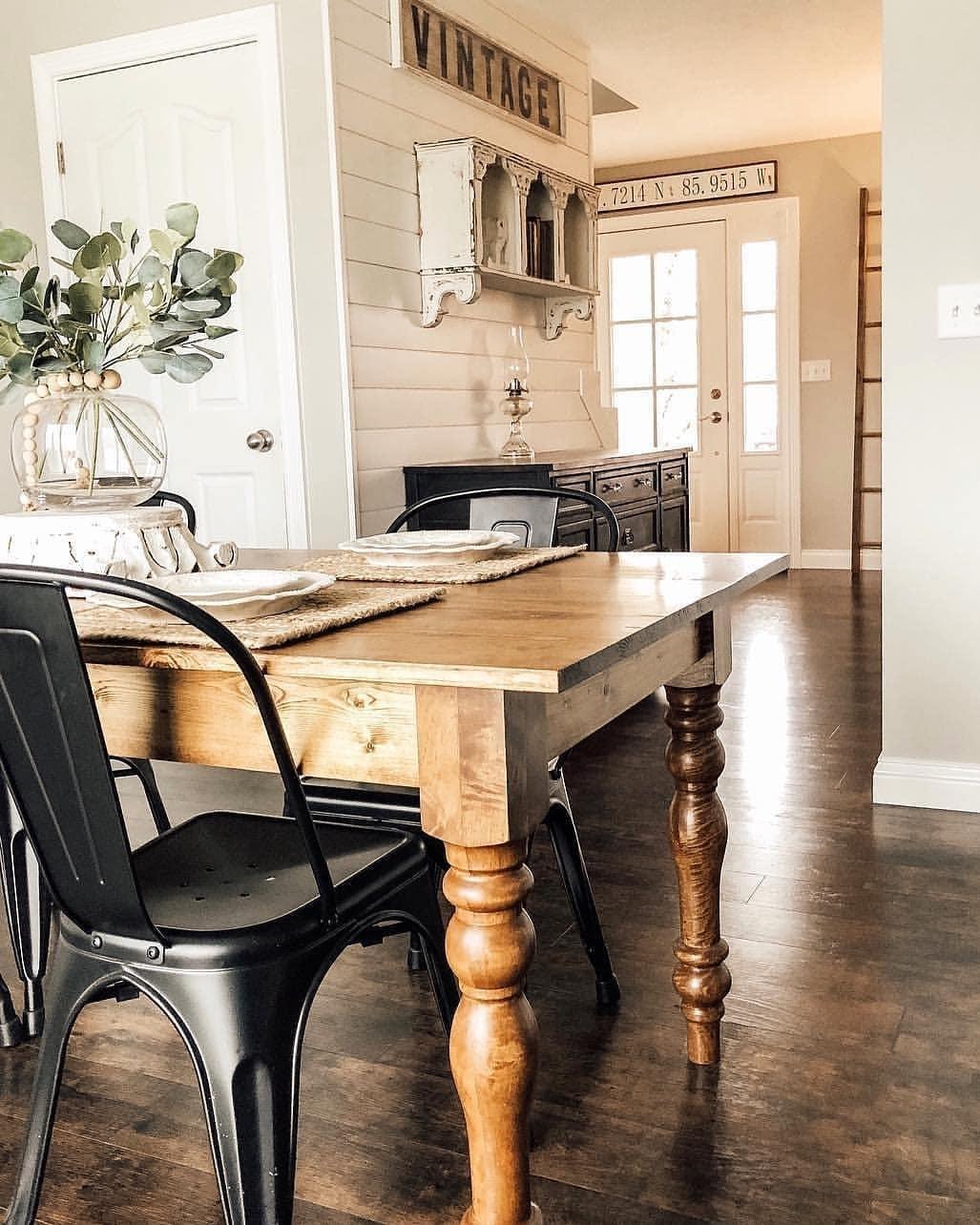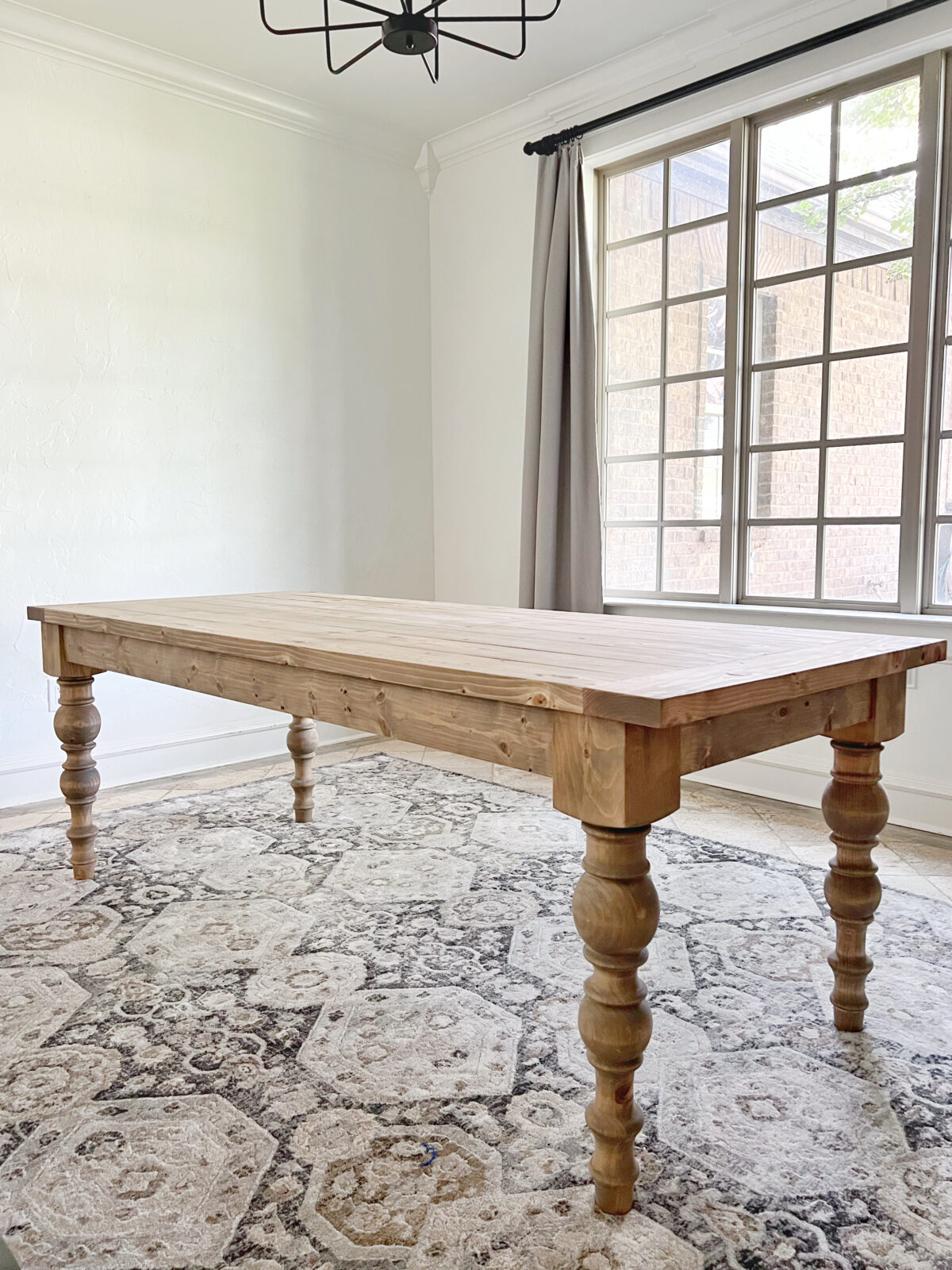Dining Room Table Legs That Combine Functionality and Modern Design
Dining Room Table Legs That Combine Functionality and Modern Design
Blog Article
Choosing the Perfect Dining Table: What Styles Job Best for Your Home?
Picking the ideal table for your home can be a nuanced process that stabilizes aesthetics and capability. Whether your area leans in the direction of conventional beauty, modern-day minimalism, rustic appeal, or commercial chic, the range of styles available can deal with varied preferences. Each style offers one-of-a-kind advantages and challenges that can either boost or interrupt your dining area's consistency. Recognizing how various products, shapes, and sizes interact with your existing decor is vital. To browse these choices properly and locate a table that truly matches your home, consider the complying with facets in information.
Assessing Your Space
Reviewing the measurements and design of your dining area is an essential very first step in picking the excellent table. Begin by gauging the size and size of the space, representing entrances, home windows, and other architectural functions that could influence table positioning. This guarantees that your table not only fits but also permits for comfortable movement around it.
Consider the variety of people you usually delight. A table needs to suit your family's daily demands while offering sufficient flexibility for periodic guests. Generally of thumb, allot at least 24 inches of table size each to make certain a comfortable dining experience.
It's also essential to preserve proper clearance around the table. Preferably, there must be at the very least 36 inches between the table side and wall surfaces or other furniture, allowing very easy access and movement. For rooms where chairs with arms or additional storage space systems like buffets are entailed, raising this clearance to 48 inches is a good idea.
Lights and ambience play considerable functions. Make sure that your dining table aligns with existing lighting components or prepare for ample illumination solutions. This thorough spatial assessment guarantees that your table not only fits physically but also integrates with your room's total capability and aesthetic.
Popular Table Styles

Traditional dining tables frequently feature luxuriant details, bent legs, and rich wood coatings, stimulating a sense of classic elegance. They are perfect for homes with classic style or those looking to include a touch of refinement to their eating location.
Modern dining tables prioritize simpleness and tidy lines, usually including materials like glass and steel. These tables are optimal for modern spaces, supplying a smooth and clean look that enhances minimal layout ideologies.
Rustic table, on the various other hand, emphasize natural products and a handmade look - dining room table legs. They often include reclaimed wood and a distressed coating, developing a cozy and welcoming ambience. These tables work well in farmhouse-style homes or those looking for a cozy, organic feel
Industrial dining tables integrate raw products such as metal and timber, usually showcasing a practical visual. This style is fit for loft spaces or urban areas, including a touch of rugged charm and resilience to the dining experience.
Each style uses unique benefits, making it important to choose one that aligns with your home's overall style and your individual choices.
Material Selections
When choosing a table, the option of material plays an important function in establishing both the table's appearances and performance. Timber, steel, glass, and composite materials each offer one-of-a-kind benefits and difficulties, making it see post essential to line up the product with your home's decor and way of life demands.
Timber is a timeless and flexible alternative, readily available in varieties such as oak, walnut, and mahogany. Understood for its longevity and warmth, wood matches both standard and modern insides. However, it requires regular maintenance to avoid scrapes and bending.
Metal tables, frequently crafted from stainless steel, aluminum, or functioned iron, are applauded for their contemporary allure and effectiveness. They are specifically matched for commercial or minimal setups yet can be vulnerable to damages and might really feel cold to the touch.
Glass table bring an air of beauty and openness, ideal for smaller spaces as they create an impression of even more area. While very easy to tidy, glass can be prone to smudges and needs cautious dealing with to avoid chips and cracks.
Composite materials, such as MDF and plywood, deal cost-effective and customizable solutions, though they might do not have the durability of natural materials. Picking the ideal material ensures your table is both a useful possession and a visual delight.
Sizes And Shape Considerations
After identifying the appropriate material for your eating table, the next factor to consider is selecting the appropriate shape and dimension to suit your area. Alternatively, round tables promote a feeling of intimacy and are superb for smaller eating locations, motivating discussion by eliminating corners and making every person feel similarly consisted of.
Size is similarly crucial and ought to be determined by both the room's dimensions and the variety of individuals you plan to seat consistently. As a guideline of thumb, designate a minimum of 24 inches of table width each to make sure comfy dining. Furthermore, take into consideration the table's clearance room: there ought to go to the very least 36 inches in between the table side and the walls or other furniture. This makes certain that restaurants can walk around quickly without really feeling confined. Expanding tables offer flexibility find more if you often hold bigger celebrations, providing additional seating when needed without occupying additional area daily. Choosing the ideal sizes and shape makes certain both usefulness and visual consistency in your eating location.
Matching Your Decoration
Picking a table that balances with your existing decor is crucial in producing a cohesive and welcoming area. Begin by evaluating your existing interior decoration style, whether it be modern, conventional, rustic, or diverse. The table need to match the total aesthetic, not take on it. A streamlined, minimalist table with tidy lines is optimal for a modern-day home, while a vintage, elaborate table matches a much more typical setting.
Color and material are just as significant. If your design includes cozy tones and natural materials, take into consideration a wood table to enhance the organic feeling. Conversely, a glass or metal table may be better in an area controlled by cool colors and industrial aspects. find more Pay focus to the finish, as it ought to mirror other furnishings and components to keep harmony.
Texture plays an essential function also. A rough-hewn, redeemed timber table can include personality to a rustic space, while a refined marble surface area can raise an extravagant eating location. Lastly, think about the scale and proportion of the table in connection with the room size and existing furnishings. A well-matched dining table not just boosts aesthetic charm but also improves the total eating experience.

Verdict
Selecting the perfect dining table necessitates careful consideration of room, design, products, form, and dimension. Standard tables complement traditional interiors with rich timber coatings, while modern-day tables match modern settings through glass and metal.
Report this page